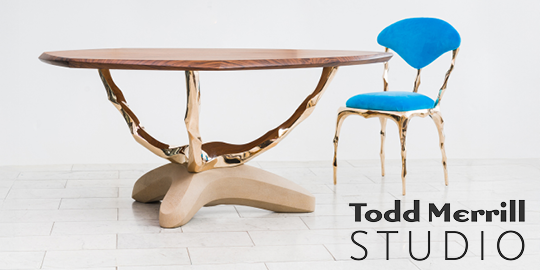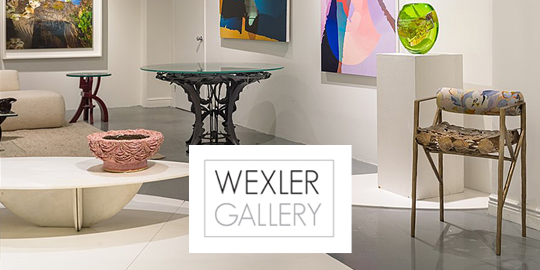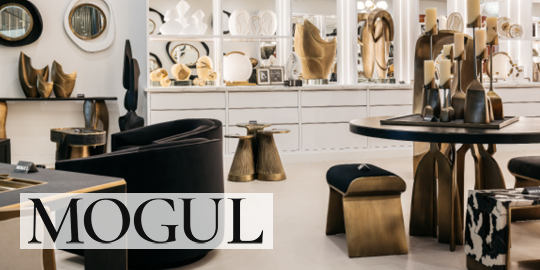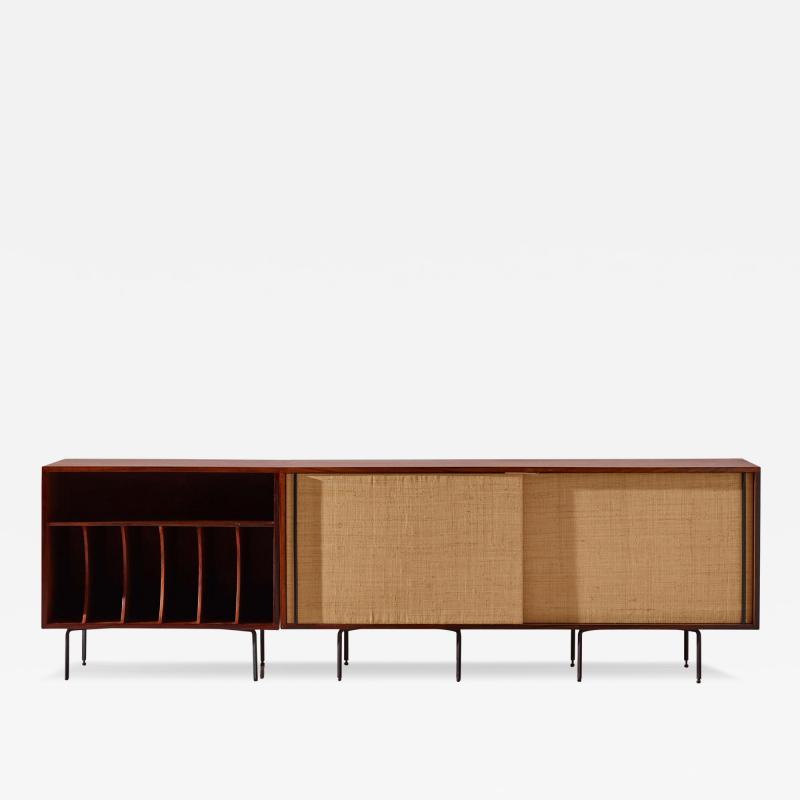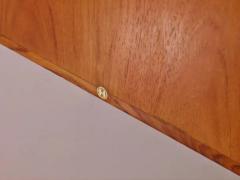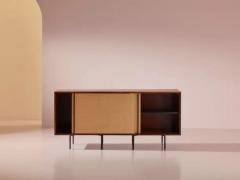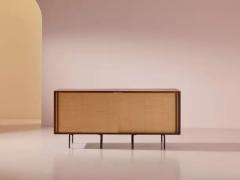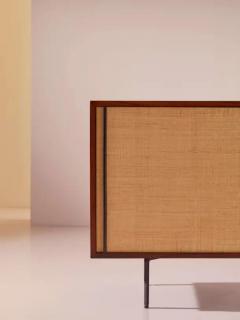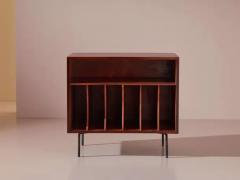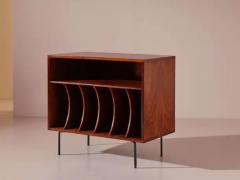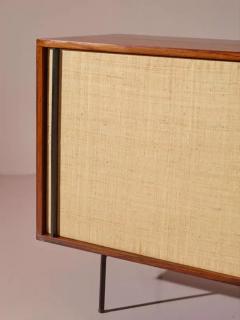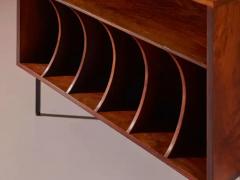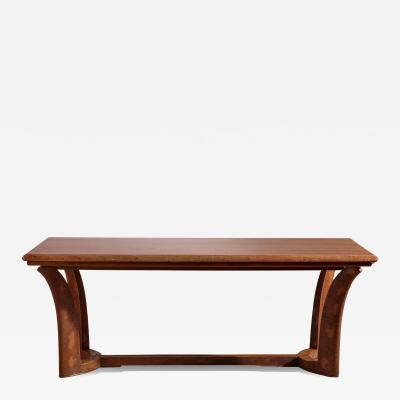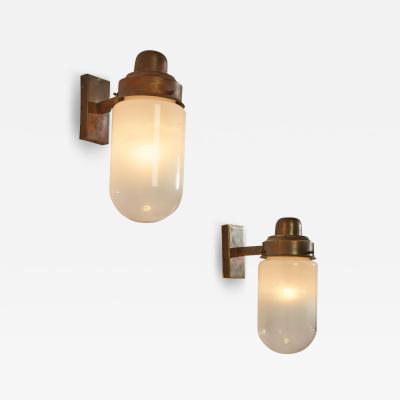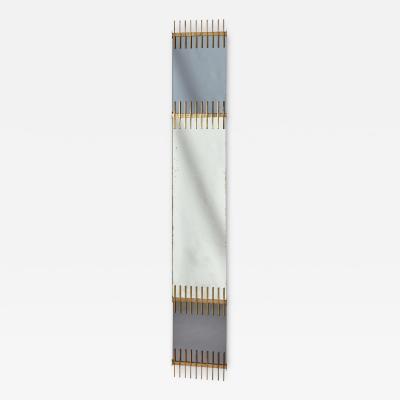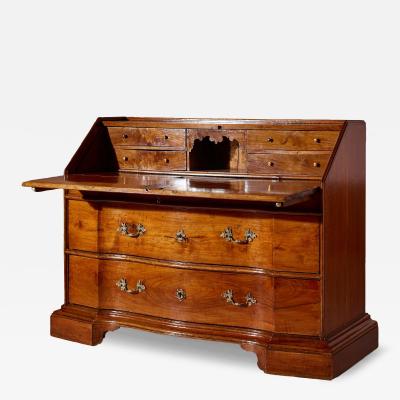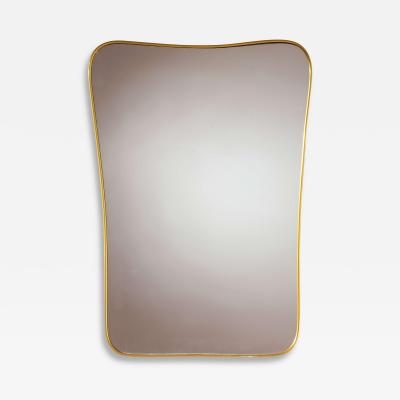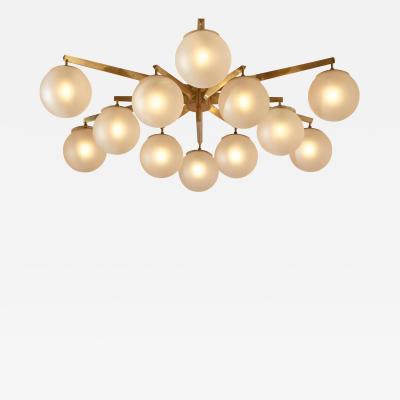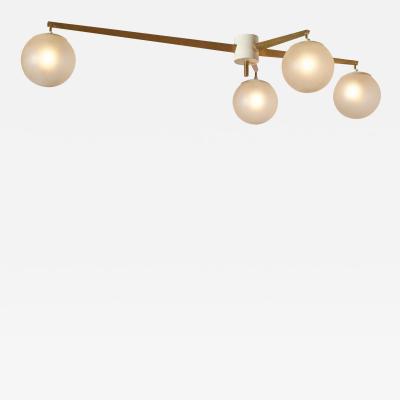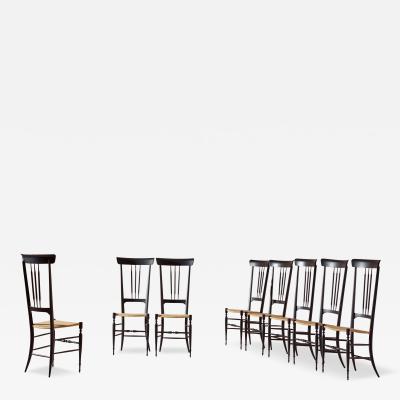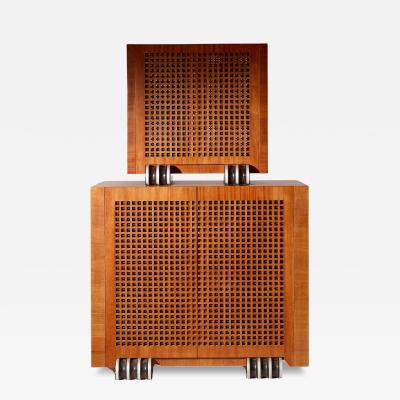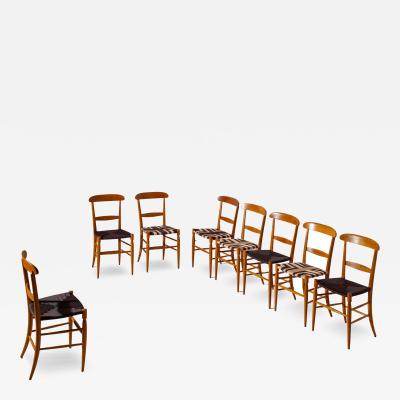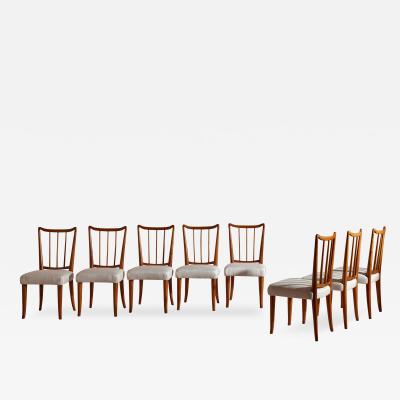A modular sideboard in wood and metal with drawers and sliding doors covered in bamboo reed weaving, Italian production by "Home Collection Turin", design by Franco Campo and Carlo Graffi, 1950s
Linear, elegant, and essential, yet far from plain in its decorative details. This 1950s Italian sideboard perfectly embodies the distinctive style of the Italian brand Home. The structure develops horizontally, with surfaces and sides showcasing the natural and appealing grain of the wood. The drawers and doors are enhanced with contrasting materials, adding a touch of sophistication. The first sideboard module stands out for the delicate combination of wood and bamboo reed weaving, which covers the sliding doors. The result is both harmonious and visually delightful.
The second module features an open compartment, originally designed to store LP records. Today, it can be repurposed for organizing books or a collection of magazines.
Both modules rest on slender metal legs, which contribute to the refined aesthetic of these pieces, unmistakably linked to the Home brand. Behind this reassuring name, evoking the warmth of domestic life and family intimacy, were two Italian designers from Turin. In the 1950s, they popularized the Nordic style—known in Italy as the "Swedish Style"—in a country not particularly receptive to novelty at the time. Campo and Graffi's designs expressed an international, modern, and democratic sensibility. Their clean lines bridged different social classes, uniting them in a shared sense of elegance. Their work represented a vision of taste that sought to civilize through a common appreciation for beauty.
The trajectory of the Home brand was one of constant growth, marked by successes and awards, but it came to a dramatic end befitting the finest Italian melodrama. In 1964, a massive fire destroyed the warehouses, factory, and design offices. The devastation was so complete that production could not resume. Thus, Home—with all its ambitions for modernity and innovation—perished in the flames. That same year marked the end of the collaboration between Campo and Graffi. Their names, once united by an "&," would no longer appear together, concluding one of the most successful artistic and industrial partnerships of Italian design.
To choose and preserve a piece of furniture designed by Campo and Graffi today is to become a custodian of a rich tradition and to savor the enduring legacy of a historical design that set benchmarks for generations to come.
Dimensions:
Overall: 240w x 43d x 73h cm
Module with sliding doors: 160w x 43d x 73h cm
Magazine holder module: 80w x 43d x 73h cm





